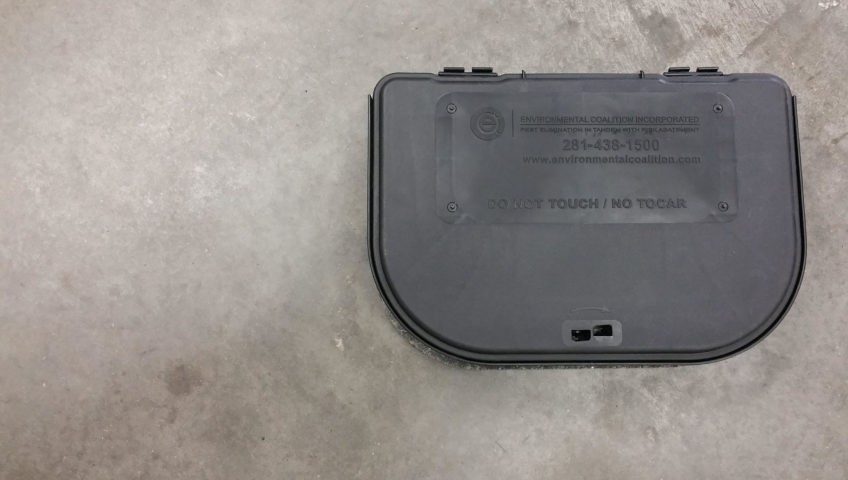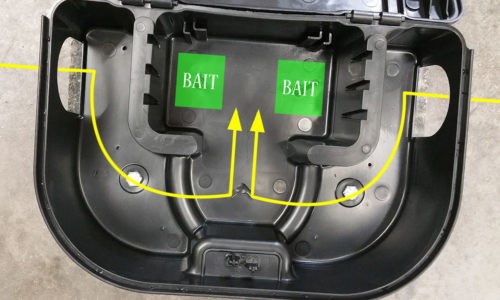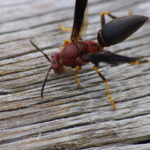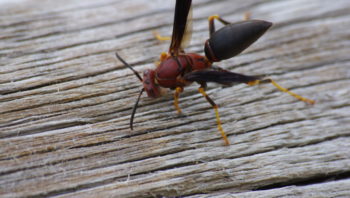
I was in a property managers office some time ago and we were talking about exterior rodent bait stations. You know – those black boxes you see outside of buildings, medical facilities, retail locations and even around restaurants.
I asked the manager if their current pest control company serviced the stations on a regular basis. The response was this:
Yes. The applicator tells me he catches and pulls out at least one or two rodents from those stations every month.
Sounds good, right? All the more reason to have rodent bait stations around your facility, right? Here is the problem. I checked the stations before I left and like most exterior rodent bait stations, these were designed to either monitor rodent activity or reduce the population of rodents around the complex by using bait. The stations were not, however designed to catch or trap rodents. While there are some rodent bait stations that allow for either a) a glue board or b) a snap trap to be placed inside of the station, most exterior rodent bait stations are used to introduce several ounces of rodenticide into the environment while keeping the rodenticide out of reach from human kind. Because the bait can either be toxic or non-toxic (US Green Building Council preferred) and because the toxic forms are mammalian toxins, it is always best to use a tamper-proof bait station when utilizing rodent bait around a property.
Pest management professionals can use these stations to prove or disprove rodent activity around a property. If there is an ongoing issue within a facility and the activity is relatively new, it may be a good idea to introduce exterior rodent stations. If the activity has been commonplace for some time, introducing rodent bait stations may not do much of anything to the rodents traversing inside.
Below is a basic breakdown of the inside of one of these stations. It is not complex. The rodent(s) enter the box through one of two side openings. They travel to the bait, located in the bait chamber. Again, some stations are large enough to fit a glue board in the bait chamber and some stations are tall enough to fit a snap trap, allowing the bar of the snap to extend fully, killing the rodent once inside. MOST stations though, are not designed for that purpose. Most are simply designed for the use of bait monitoring. If you are not sure which type of exterior rodent bait station your pest professional is currently using, ask them to show you. Walk down to one of the stations, have him or her unlock it and take a look inside. You might be surprised by what you find!






